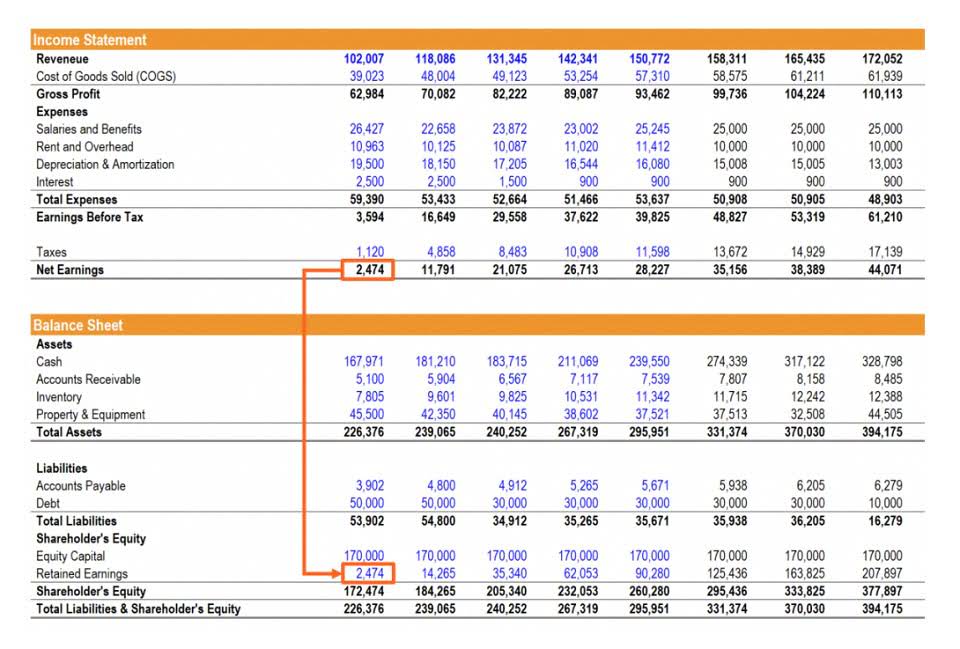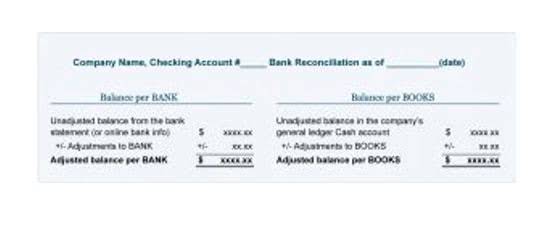Bi-Weekly vs Semi-Monthly Payroll-Understanding the Differences and Choosing the Right Schedule

PaycheckCity delivers accurate paycheck calculations to tens of millions of individuals, small businesses, and payroll professionals every year since 1999. In our calculators, you can add deductions under “Benefits and Deductions” and select if it’s a fixed amount, a percentage of the gross-pay, or a percentage of the net pay. For hourly calculators, you can also select a fixed amount per hour. For pre-tax deductions, check the Exempt checkboxes, meaning the deduction will be taxed. The W4 form determines the amount of federal income tax withheld from your paycheck.

Keeping Up With the Latest Trends and Best Practices: Biweekly vs Semimonthly Payroll

As employers consider their pay schedule, they should also consider applicable federal and state laws. Federal law doesn’t mandate when employees are paid, according to payroll processing firm ADP. However, some workers are exempted from that rule, such as loggers and farm laborers who can be paid quarterly. When deciding between bi-weekly vs semi-monthly pay schedules, it’s essential to understand how each impacts both employers and employees.
- Semi-monthly and bi-weekly pay schedules each have their benefits and drawbacks.
- Some individuals do, however, have particular preferences regarding certain pay frequencies.
- However, larger organizations with complex payroll structures might benefit more from the reduced processing costs of semimonthly payroll.
- Some employers even prorate benefit deductions throughout the year so they aren’t deducted from the final paycheck of the year, making it slightly larger.
- Employees in bi-monthly pay receive a salary every two months (six times a year).
Bi-Weekly vs Semi-Monthly: Difference and Comparison

Although bi-weekly payments are smaller than the semi-monthly ones, you get two additional paychecks in a year with the bi-weekly option. With these 2 added paychecks, bi-weekly and semi-monthly employees earn the same amount of money, which is only spread differently. It tops the list, with 43% of US private establishments paying their employees every 2 weeks. The total number of paychecks employees on https://tubikechile.cl/conversion-costs-explained-formula-classification/ semi-monthly payroll schedules receive per year is 24.

Why Your Company Needs a Floating Holiday Policy ASAP
As an example, in New Hampshire, employers must pay employees wages on a weekly or bi-weekly schedule. Semi-monthly and monthly pay frequencies must be approved by the New Hampshire Department of Labor (NHDOL). In biweekly payroll, employee time entry verification for overtime calculation is easy because it is with a set duration of two weeks. As an example, let’s assume that an employee joined at an annual salary of $60,000. The employee’s pay-sheet will indicate the gross salary of $10,000 on each bi-monthly payday. Bi-weekly pay means employees are paid every two weeks, which usually results in 26 paychecks per year (an extra two pay periods compared to semi-monthly).

How do you calculate Semi-Monthly Pay?
Then, if an employee starts on the 1st, they wouldn’t be paid until the end of the month. Others may choose to pay for the hours worked currently until the 15th. Either way, the full paycheck will be delayed for many new employees on a this payroll cycle. For example, a bi-weekly pay frequency on a Thursday would mean employees get paid every other Thursday of the month. With Suspense Account bi-weekly payroll, employees are paid 26 paychecks a year, compared to 24 like bi-monthly receives. Ensure your payroll schedule aligns with your company’s financial calendar.
- If an employee is earning $50,000 every year and is getting paid as per a semi-monthly pay schedule, he will get a paycheck of $2,083.33 gross.
- Semi-monthly payments provide predictability, making it easier for employees to manage their monthly expenses.
- However, distribution patterns may affect financial planning and management of workers’ cash flows.
- Starting from January 1st with paydays being on the 15th and 30th.
- However, the varying day of the week for paydays might require employees to adjust their bill payment schedules if those dates fall on weekends or holidays.
Payroll Schedule preferences
- Biweekly payments can also align with common bill cycles, such as utilities and rent, allowing for easier on-time payments and potentially even avoiding late fees.
- Bi-Weekly pay is when employees are paid every other week on a specific day.
- Regular and predictable paychecks tend to boost employee morale and improve job satisfaction, leading to increased productivity and reduced turnover.
- Since some months have 30 days and others have 31 days, employees receive their second monthly payment on a different day each month.
- This might necessitate delaying or advancing paydays, creating administrative challenges and potentially impacting employee morale.
- Semi-monthly payroll, with fewer pay periods, may reduce this burden but still demands accuracy in benefit deductions and other calculations.
Employees may receive two or sometimes three paychecks in a single month, depending on how the calendar falls. For employers, biweekly payroll simplifies budgeting and reduces payroll processing costs compared to weekly pay while still providing employees with regular income. Deciding on a pay frequency for a small business is an important decision. Pay frequency determines how often the business must process payroll and when employees receive their paychecks. There are four common pay period options, biweekly and semimonthly including weekly, biweekly, semimonthly, and monthly.



Deja un comentario